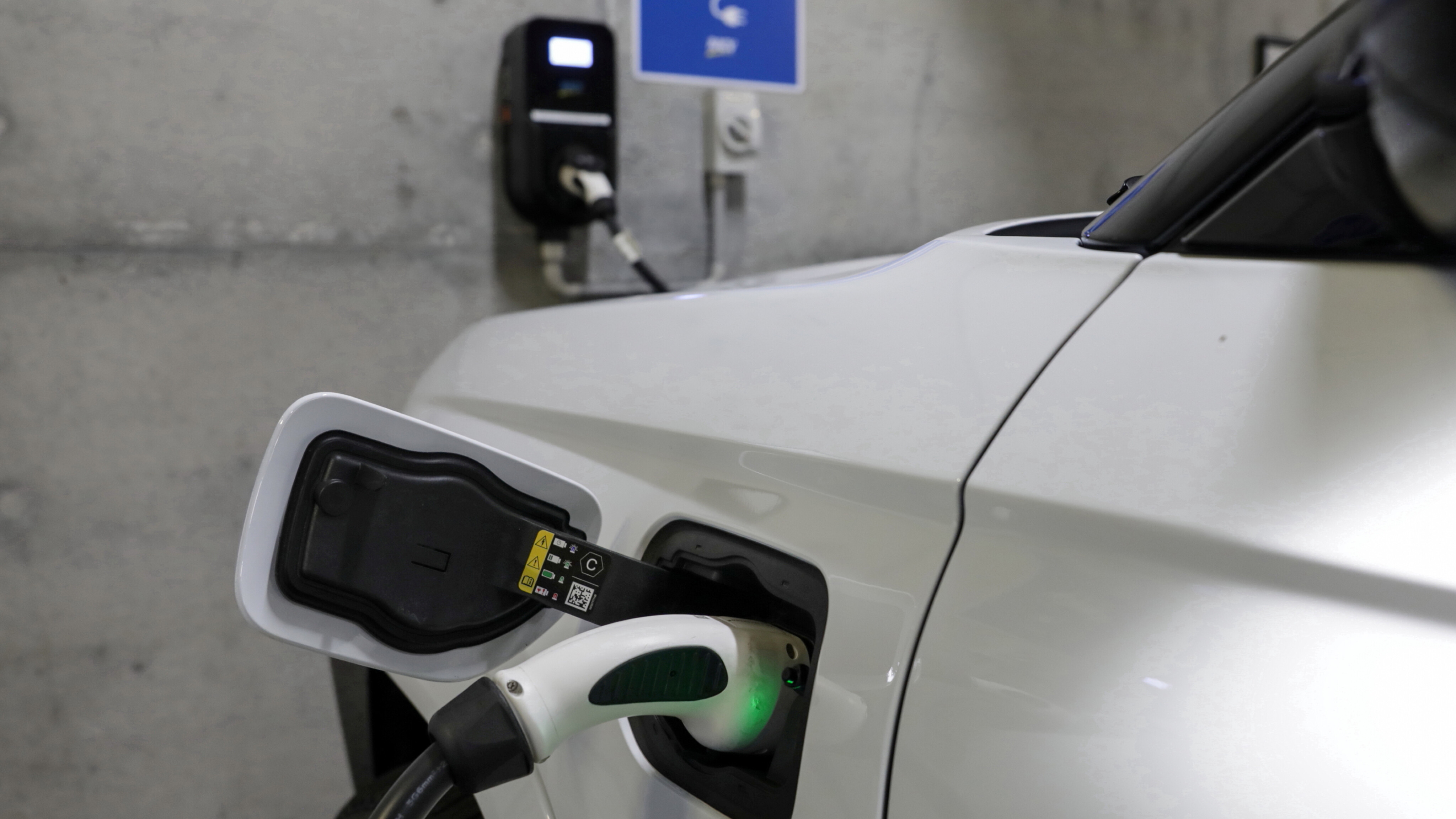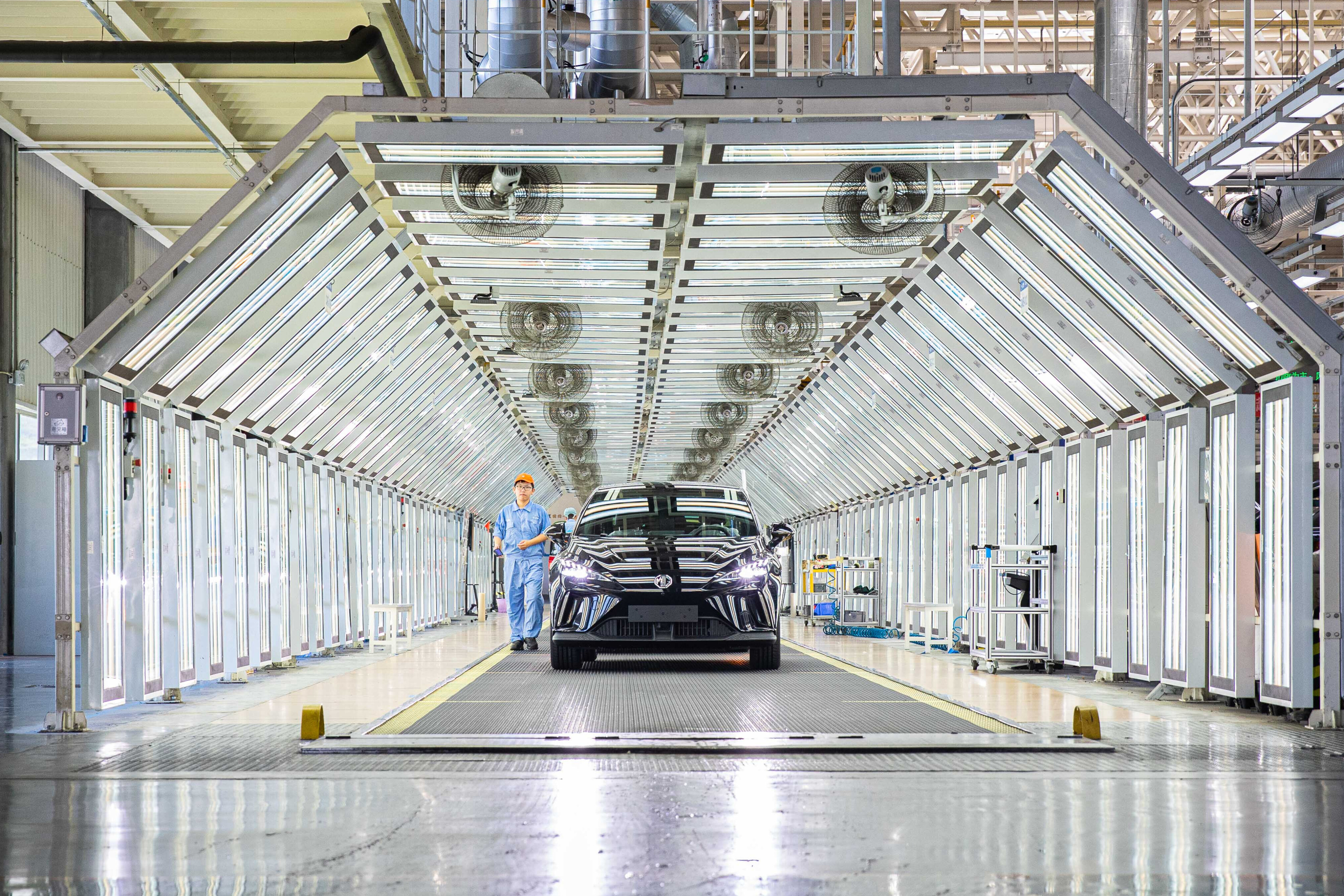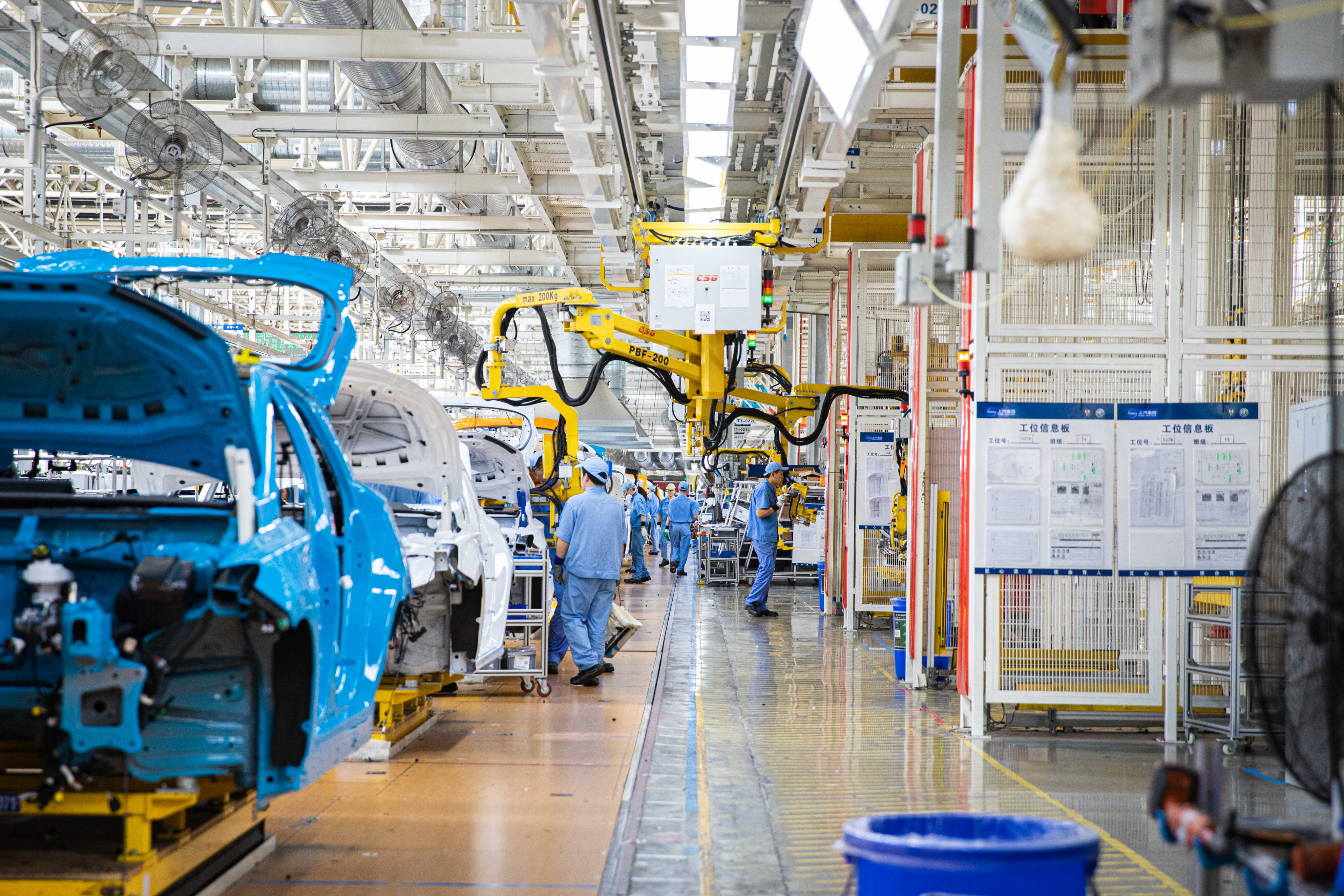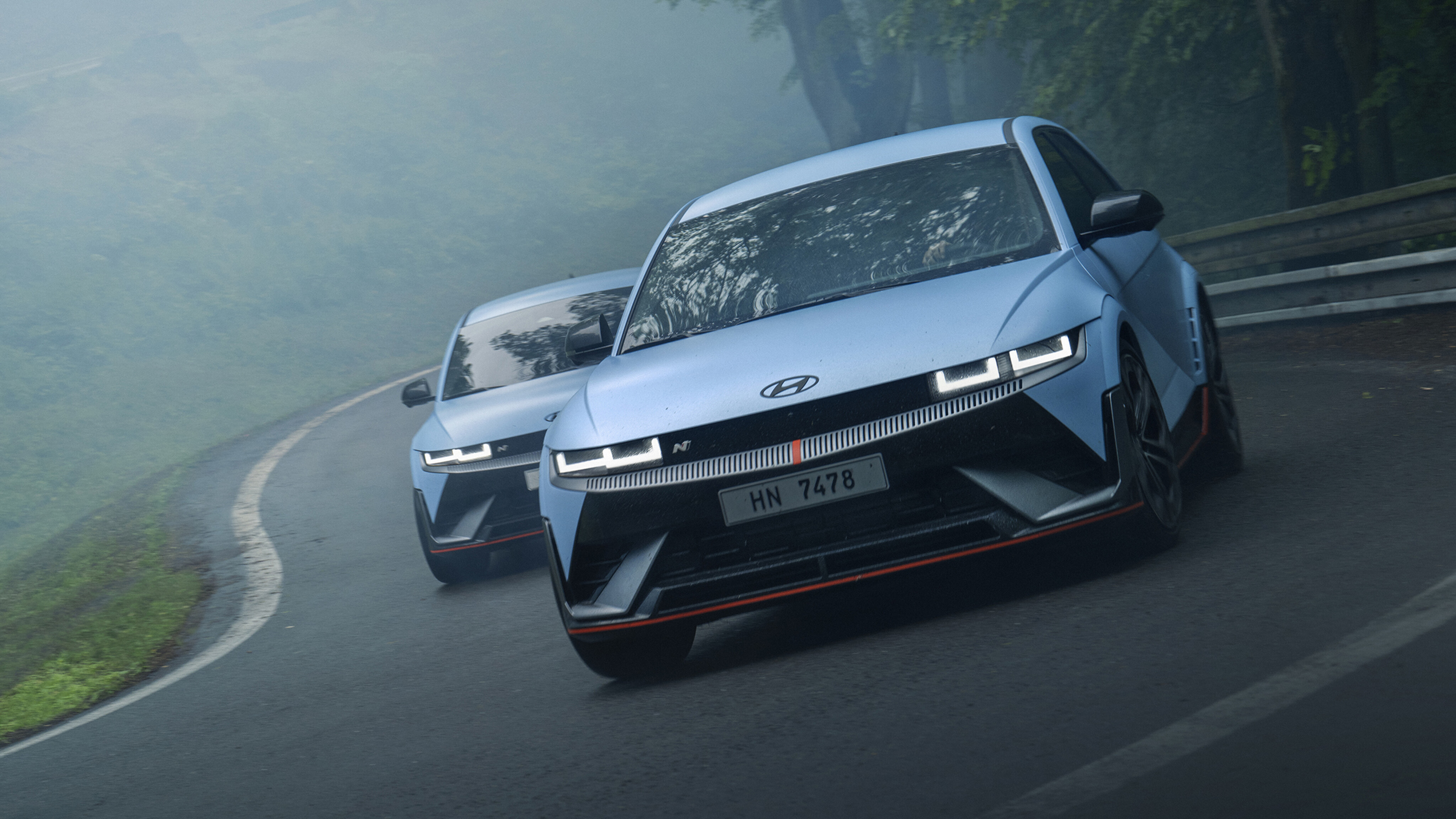
My first drive in an electric vehicle, a Mitsubishi I-Miev, was revelatory.
‘Why do city dwellers need anything else?’ I marvelled as I piloted the diminutive EV around inner Sydney some 12 years ago.
My next experience some years later was less amusing, as I discovered first-hand how big batteries and 240V outlets make for looong charging times from empty. Cue a missed flight and an angry rant or two.

Ten years on, a lot has changed… and a lot hasn’t.
EV sales are overall trending upwards, of course, thanks to greater availability of models across the price spectrum, and websites like ours are filled to the brim with advice and reviews about EVs and electrification.
Tesla sells Model 3s and Model Ys here by the boatload, BYD is making serious headway with its growing roster of EVs, and car companies like MG and Cupra are rivalling Kia and Hyundai when it comes to bringing cool new BEV products to market.
But look past the veneer of success, and there are cracks starting to show.

Graphite wars
From a global perspective, the battle over battery tech is still heating up.
China has thrown down a major gauntlet in recent days, too, declaring that it will restrict the export of graphite [↗], a critical mineral in the production of lithium-ion and lithium-iron-phosphate batteries.
China controls 90 per cent of the world’s graphite market and claims its restrictions are best “conducive to ensuring the security and stability of the global supply chain and industrial chain, and conducive to better safeguarding national security and interests”.

What it does is effectively curtail the ability of countries like the United States and Korea to produce EV batteries at scale unless an alternative source of graphite can be found.
There have been positive strides made recently in the production of synthetic graphite, while companies like Toyota are partnering with Panasonic to leap ahead of the li-ion chemistry curve, but there are a few furrowed brows across the battery production world this week.

Sales brakes
Sales of EVs in Europe and the US are slowing, in some cases quite dramatically, with reports of stockpiled cars being shovelled out to US dealers whether they want them or not.
General Motors has just reported that it will delay the production of a brace of new EV products by a few months, citing “ups and downs” in the transition to electrification.
“It’s clear we’re dealing with a lot of near-term uncertainty,” the company’s CEO, Mary Barra, told investors this week [↗].
GM is also dealing with the after-effects of a more-than month-long worker’s strike that is reportedly costing it US$200 million each week.

In Korea, meanwhile, Hyundai and Kia have begun discounting EV products in an effort to stimulate sales, as volumes start to ratchet downwards.
In Europe, too, the mood is bearish, even though the Tesla Model Y was the best-selling car – not just EV, but overall car – across the continent for the first six months of 2023.
Volkswagen has wound back production of the ID.4 at its Dresden plant in the wake of slow demand, while industry experts predict a lull in sales over the next two years as demand and supply balance out.

Infrastructure not charging on
Closer to home, and after a few days aboard a big-battery EV, I can personally report that charging infrastructure away from the home driveway in Australia is still painfully underdone, particularly in regional centres.
That’s not just down to a slow roll-out, either; maintenance of the existing network is becoming a genuine issue, thanks to a (relatively modest, to be honest) increase in the number of EVs on our roads.
And we still face the very real fact that many Aussie property owners and renters simply can't access parking, power, or both in our highly urbanised country.
What about the government?
Local and state laws around strata titling tied into the actual ability (or inability) to add suitable infrastructure for existing houses and apartment blocks are genuine roadblocks for many potential buyers.
Government policy, too, has come under fire, with the High Court of Australia throwing Victoria’s contentious electric car road tax in the bin after it was found to be unlawful.
The ruling will have a huge knock-on effect on how EVs are taxed, as the federal government looks to replace the revenue lost from dwindling fuel excise.
Where to from here?
The transition to lower-emission motoring is in a delicate spot – and let’s be clear, it won’t be wound back any time soon.
The upsides of electrification are obvious; more affordable motoring in the long term thanks to lower running costs, less harmful pollution across the spectrum and arguably safer vehicles (because the cars are newer and carry more safety gear as a result).
The pain points are initial cost (which is right-sizing now because of competition), education and – the big one for me – on-road charging infrastructure.
My best guess? We’re at a point where all but the most well-healed and most convinced are still resisting change as hard as they can.
It’s been a combination of poor messaging from the industry, a lack of cohesive policy from our lawmakers and a fear of the unknown.
But as more people try electric cars and understand how perfectly suited they are for 90 per cent of urban motoring, and as governments around Australia (finally) get policies in place to aid the switchover to a more lower-emissions future, it’s my bet that the current collywobbles will eventually dissolve.
Who knows... maybe we'll all end up in I-Miev-sized EVs.
COMMENTS